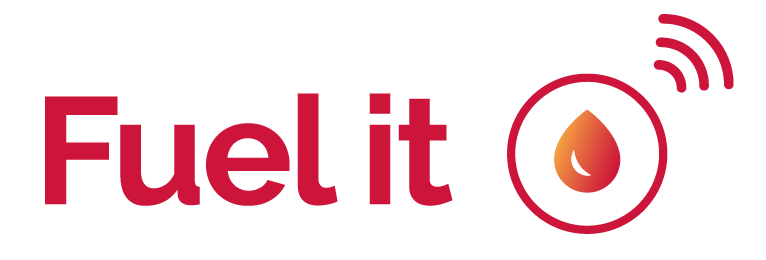Many parts make up your fuel tank, but you still need to know what they are called and what they are used for. We will see together the technical terms that are good to know in order to better use and maintain your installation.
1) The police valve
The police valve is used to stop the oil supply to the boiler in case of necessity. If your tank has a capacity of more than 1500 liters, a manually operated police valve must be installed on the pipe that supplies the appliances.
2) The deposit
As the oil level drops over time, condensation on the inside of the tank causes oxide particles to sink to the bottom. To avoid burner failure or tank damage, annual maintenance by a professional is mandatory.
3) The vent
It allows the permanent maintenance of the atmospheric pressure inside the oil tank. The diameter of the vent pipe should be at least half the diameter of the fill pipe. The orifice shall open to the open air above ground level in a location that is as visible as possible from the delivery point.
4) The flexobloc
It is a flexible suction and return system for fuel oil, including a check valve to prevent the fuel from flowing back into the tank after being sucked out.
5) Degassing
The degassing stage, which is imperative before neutralization, consists of eliminating the domestic fuel oil vapors suspended in the oil tank, by suction and ventilation. It must first be emptied and cleaned of oil residues.
6) Neutralization
It must be carried out within 48 hours after degassing. This step makes the oil tank permanently unusable. In the case of an underground tank, filling is usually done with sand or concrete. For an above ground tank, the tank is usually cut out of service.
7) The manhole
Opening that allows the passage of a man into the tank for inspection and maintenance.
8) The suction strainer
Device installed in the oil tank which allows to suck up the fuel without sucking up the residues that may be present at the bottom of the tank. The fuel oil used for combustion is thus less loaded with sediment, thus improving the efficiency of the boiler.
9) Storage
It depends on the estimated consumption for a heating season. Storage is usually renewed 2 to 3 times a year. The calculation formula generally used is as follows: consumption in liters of fuel oil per year = 120 to 180 x power of the installation (in kW).
10) The gauge
The gauge allows you to accurately measure the amount of fuel remaining in the tank, in order to estimate your consumption and the date of the next filling. The amount of oil in the tank is expressed in liters or as a percentage of the tank capacity. With the Fuel-it connected sensor, be alerted directly to your phone, computer or tablet.



